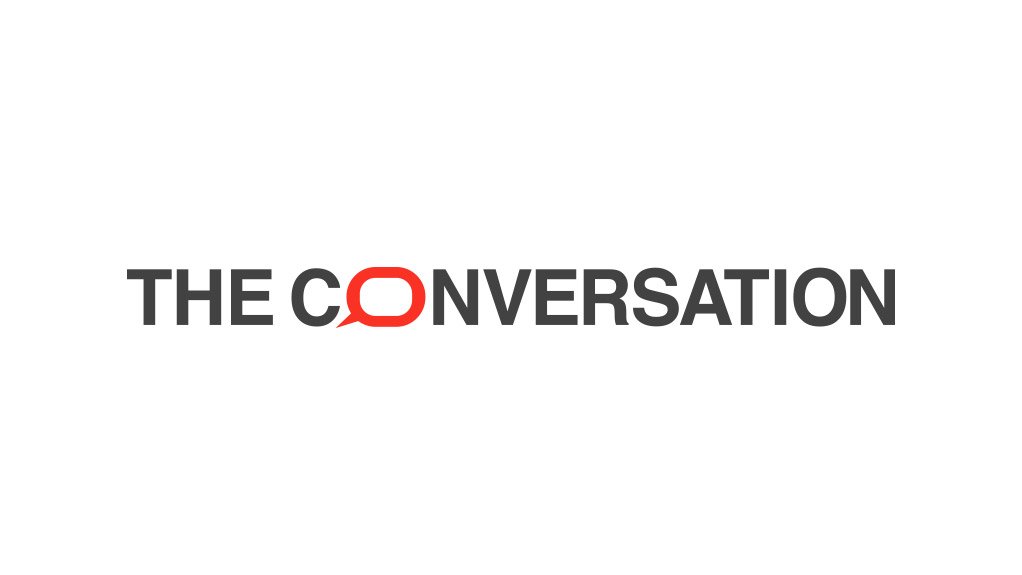![]() South African higher education is plagued by inequalities due to the social and economic legacies of apartheid.
South African higher education is plagued by inequalities due to the social and economic legacies of apartheid.
More than 50% of enrolment in higher education is from black, working-class, disadvantaged households from rural areas who depend on state-funded student aid. At the same time, some institutions of higher learning are also historically disadvantaged: they were designated for non-white students during the apartheid era. These institutions suffered discrimination, underfunding and limited resources, creating disparities in the country’s higher education system.
In a rapidly evolving digital era, one of the big questions is: can technology help narrow the gap in access to education?
During the COVID-19 pandemic, educational institutions had to use online modes for tutoring. Online tutoring continues to be useful in blended learning models (a combination of face-to-face and online learning). But there have been concerns that the cost of online methods might exclude students from historically marginalised population groups.
The University of the Western Cape, one of the historically disadvantaged universities in South Africa, has been experimenting with a free mobile phone messenger platform, known as Moya, to provide online peer tutoring for its large, undergraduate classes. Tutoring is defined as
people who are not professional teachers helping and supporting the learning of others in an interactive, purposeful and systematic way.
I am a scholar of information systems with a research focus on health and education. My research focuses on creating more inclusive online environments for students and patients, especially those with lower socioeconomic status.
Research on the use of mobile instant messaging has predominantly looked at small classes of fewer than 50 students. My study sought to examine the factors that influenced students’ engagement in the university’s large undergraduate classes. I wanted to establish which factors affected third-year Information Systems students’ use of a data-free instant messenger (Moya) for online peer tutoring, and what would improve their use of it.
My findings showed that the students preferred using WhatsApp – a mobile application that required them to buy data – over the one that was being offered that didn’t require data. Students believed that Moya was difficult to use and that effort was required. They said they did not know how to use Moya, despite the similarities in user interface to WhatsApp.
The results can’t be generalised to all South African tertiary institutions. Still, the key insights may be useful in other contexts where data-free mobile instant messengers are being considered.
What we found
Most of the students taking part in the study were full time (91.7%). They were predominantly young, aged between 18 and 42 (81.8%), and most used WiFi (50.8%) while 21.9% used prepaid mobile data.
Qualitative data was collected via an online survey asking three key questions: Which tool(s) did you not use in this course? Why did you not use the tools available? What would improve your use of that tool?
The study revealed several key factors that shaped students’ attitudes to and use of the data-free instant messenger for online peer tutoring.
-
Students did not see the need for or benefit of using a data-free instant messenger when they were already using WhatsApp.
-
Students’ perception of the application within their peer group influenced their decision to use it. An influencing factor was the lack of use by peers: “more people are on WhatsApp than Moya”.
-
Surprisingly, results showed that students had data and devices to use WhatsApp. As 50.8% of students had access to WiFi, they would be able to use an instant messenger requiring data, such as WhatsApp. A minority of students indicated that students had insufficient space to download the Moya application.
-
The fun or pleasure of using Moya was not evident.
-
Using WhatsApp was a habit and therefore was the preferred instant messenger.
-
We expected that cost would be a significant factor because Moya didn’t require data. In fact, students chose to purchase dedicated WhatsApp data bundles (which are less expensive than some other data) from mobile operators.
-
The low usage level of Moya instant messenger for online peer tutoring can also be attributed to student claims of a lack of awareness of the application.
However, in our other study where Moya was used to tutor a large class of 495 first-year Accounting students online, the outcomes were more positive. Most students (79.47%) indicated that the tutor was available and helpful. Tutors indicated that the use of voice notes assisted students in understanding course concepts. Students agreed or strongly agreed (70.2%) that the course allowed them to fully participate.
What could improve platform use
Students’ responses to the research question about improving the instant messaging varied. One recommendation (14.6% of responses) was that usage would improve if students did not have another medium, such as WhatsApp.
Usage would also improve if students did not have access to the internet or if they did not have data (10.5% of responses). A lack of access to the university’s virtual private network, which gives students internet access, would also encourage usage.
Other responses were that its use would improve if usage was compulsory and if they were provided with more information about Moya. Social influence would improve with an increased number of users, such as peers and tutors.
What’s next?
By addressing the identified challenges and building on the factors that encourage usage, educational institutions can harness technology to create a more equitable and enriching learning environment for all students. The insights move us closer to fulfilling the promise of inclusive education and empowering students for a brighter future.
Written by Fazlyn Petersen, Information Systems Senior Lecturer, University of the Western Cape
This article is republished from The Conversation under a Creative Commons license. Read the original article.
EMAIL THIS ARTICLE SAVE THIS ARTICLE ARTICLE ENQUIRY
To subscribe email subscriptions@creamermedia.co.za or click here
To advertise email advertising@creamermedia.co.za or click here











